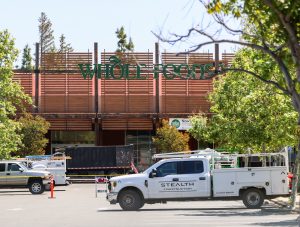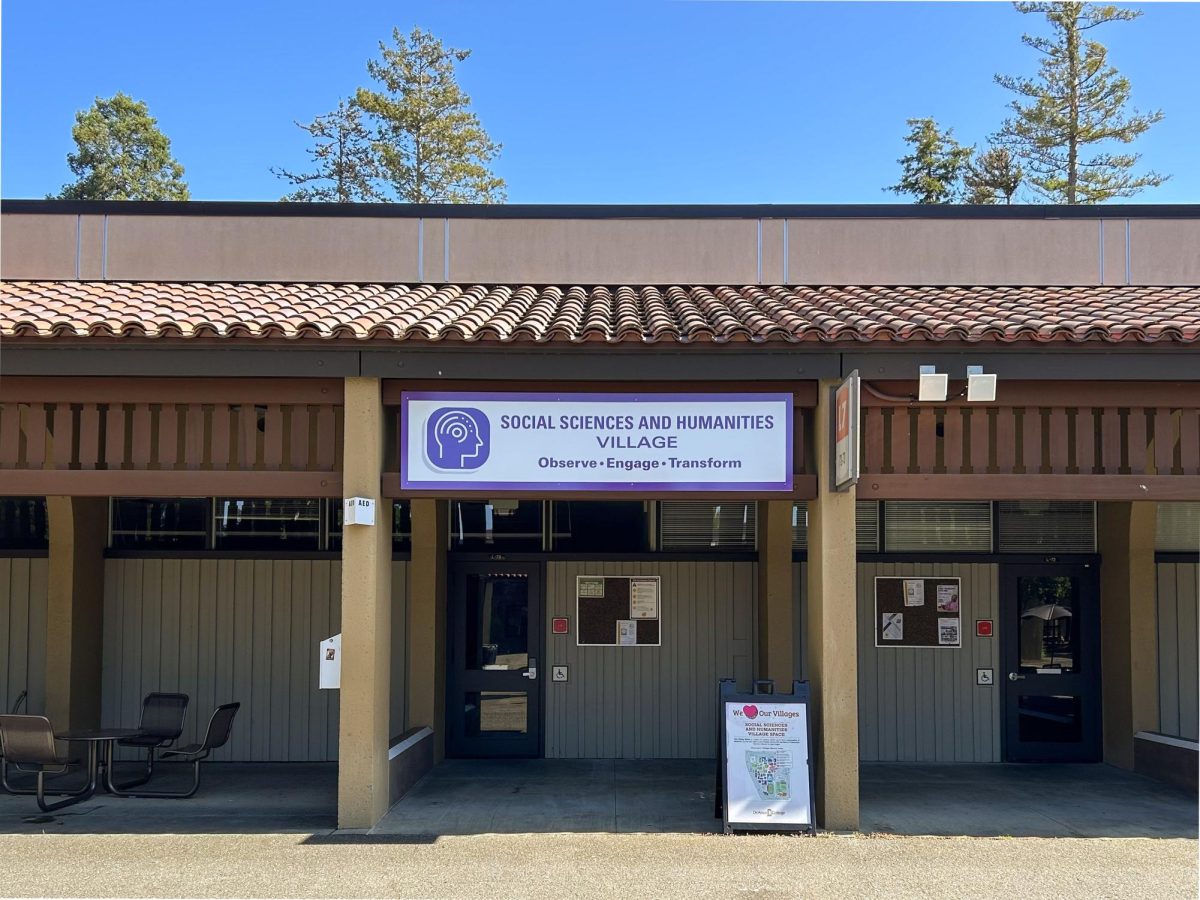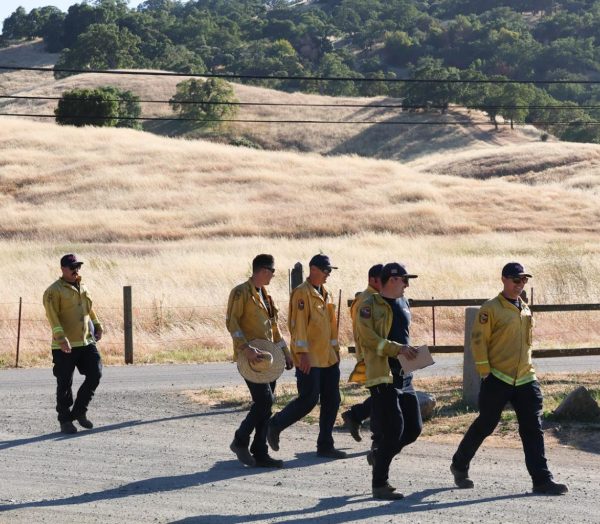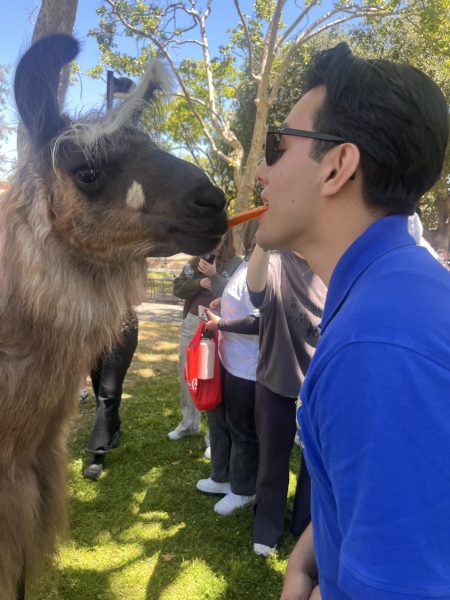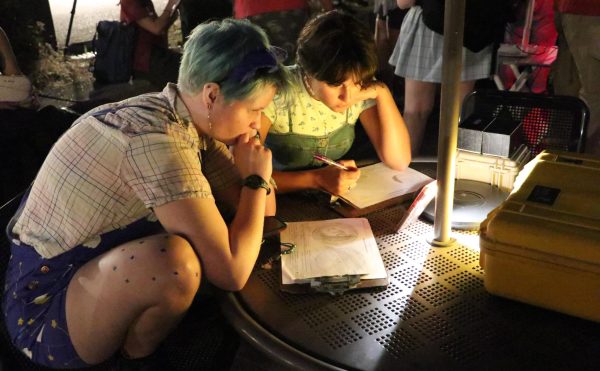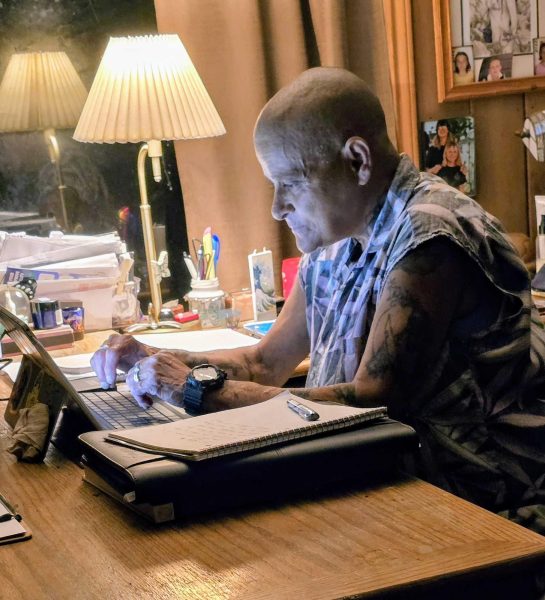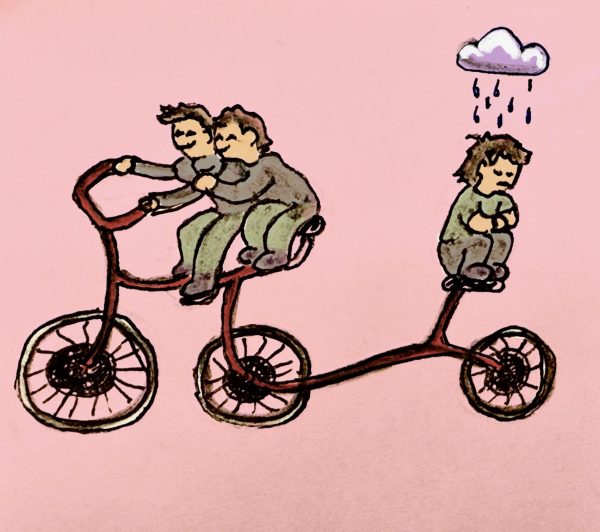The world is not ready for Google Stadia and Apple Arcade
April 28, 2019
Google Stadia, a cloud-based gaming service announced at the Game Developers Conference on March 19, will not improve on current subscription platforms because of latency and quality concerns.
Stadia promises games played in 4K resolution and 60 frames-per-second on any device with Google Chrome installed. It is set to release in late 2019, according to Google.
The concept of cloud-based gaming was explored without success before by companies who dedicated their entire focus to live streaming services, and Google Stadia will most likely suffer from the same problems.
In 2009, Palo Alto-based company OnLive was expected to “disrupt the entire video game industry,” according to tech publication VentureBeat.
Just like Google Stadia, OnLive promised to deliver games with no discs, installs or heavy lifting involved.
OnLive needed to perfect their service by adding to their catalog and improving bandwidth according to Kotaku.
The company never fixed these problems and is now defunct.
Stadia will most likely repeat OnLive’s mistakes and suffer specifically from input lag, which is the delay between pressing a button and the game reacting to the input while streaming a video game.
This will be a major problem for multiplayer video games that require precise timing and aiming, such as “Fortnite: Battle Royale” and “Call of Duty.”
Even one or two seconds of delay will be noticeable and detrimental to all players.
Consumers would have no reason to leave gaming consoles such as the PlayStation 4, Xbox One and Nintendo Switch and switch to Stadia if Google can not provide a polished and consistent experience.
The idea to to play video games on almost any device with no physical discs required is definitely the future of gaming, but the framework needed for a pleasurable cloud-based experience is nothing but a dream for now.




